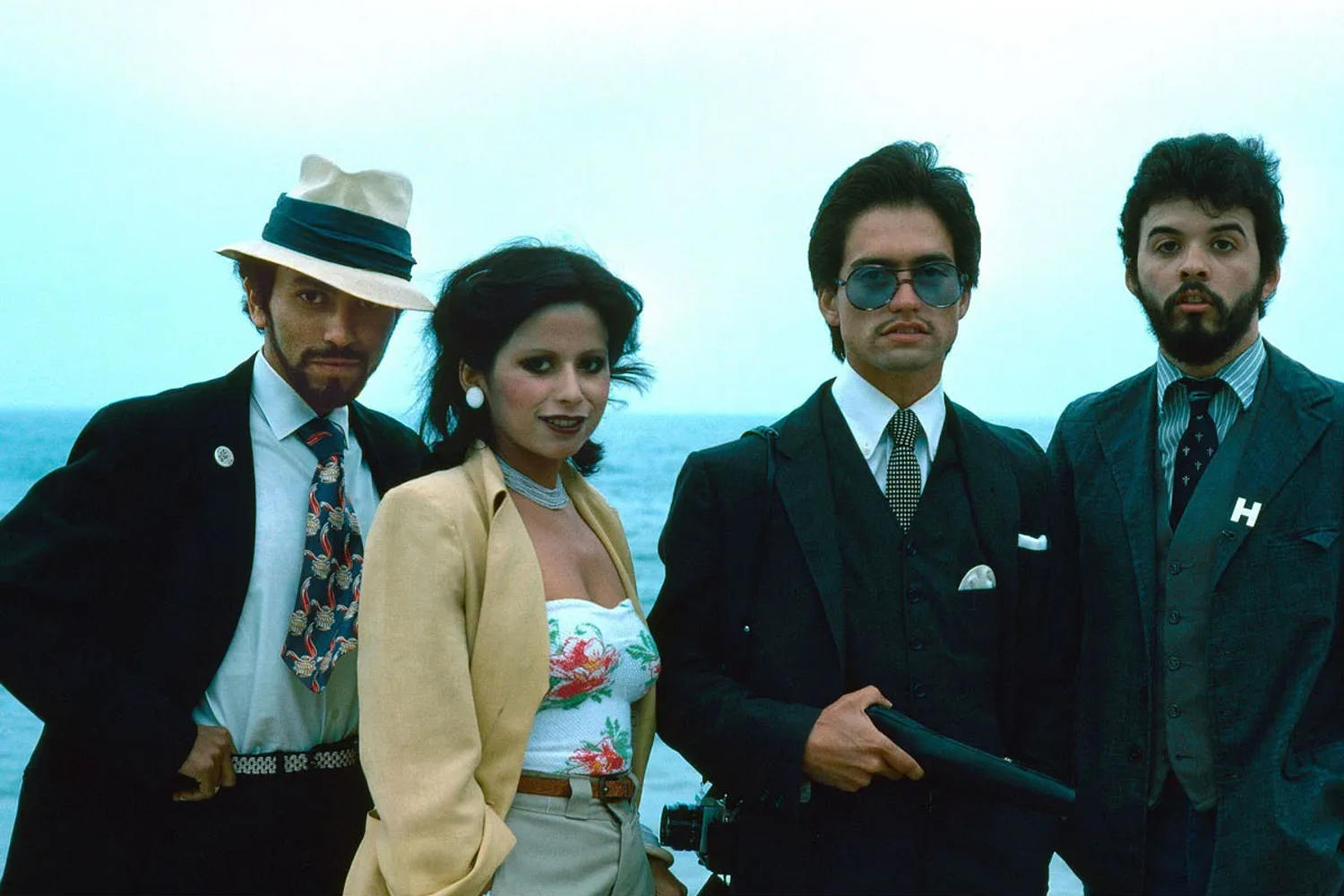In the vibrant and turbulent era of the 1970s, a collective of young, innovative Chicano artists emerged in Los Angeles, California. They called themselves ASCO, meaning "nausea" in Spanish, a deliberate provocation aimed at the established art world that largely ignored their experiences and perspectives.
ASCO, comprised of artists like Harry Gamboa Jr., Gronk, Willie Herrn, and Patssi Valdez, defied conventional notions of art. They staged guerrilla performances, created ephemeral street art, and utilized photography and video to document their interventions. Their art was a direct response to the social and political realities of Chicano life in East Los Angeles, addressing issues of poverty, police brutality, and cultural identity.
Unlike many artists who sought gallery representation, ASCO bypassed the mainstream art system altogether. They transformed the streets of their community into their canvas, creating art that was accessible to everyone. Their work was raw, confrontational, and deeply personal, reflecting the struggles and triumphs of the Chicano community.
The documentary "ASCO: Without Permission," executive produced by renowned actors Gael Garca Bernal and Diego Luna, sheds light on the group's history and lasting influence. Through interviews, archival footage, and analysis of their artwork, the film reveals how ASCO challenged artistic norms and paved the way for future generations of Chicano artists. The documentary highlights their innovative spirit and their commitment to using art as a tool for social change, proving that art can be a powerful force for empowerment and self-expression.
Chicano Art Collective ASCO: Defying Norms in the 1970s

In the 1970s, a group of young Mexican American artists in Los Angeles formed ASCO, challenging the mainstream art world. Facing exclusion, they created their own unique art forms and performances. A new documentary, "ASCO: Without Permission," produced by Gael Garca Bernal and Diego Luna, tells the story of their rise and lasting impact. The film explores how ASCO used art to make their voices heard.
Source: Read the original article at NBC